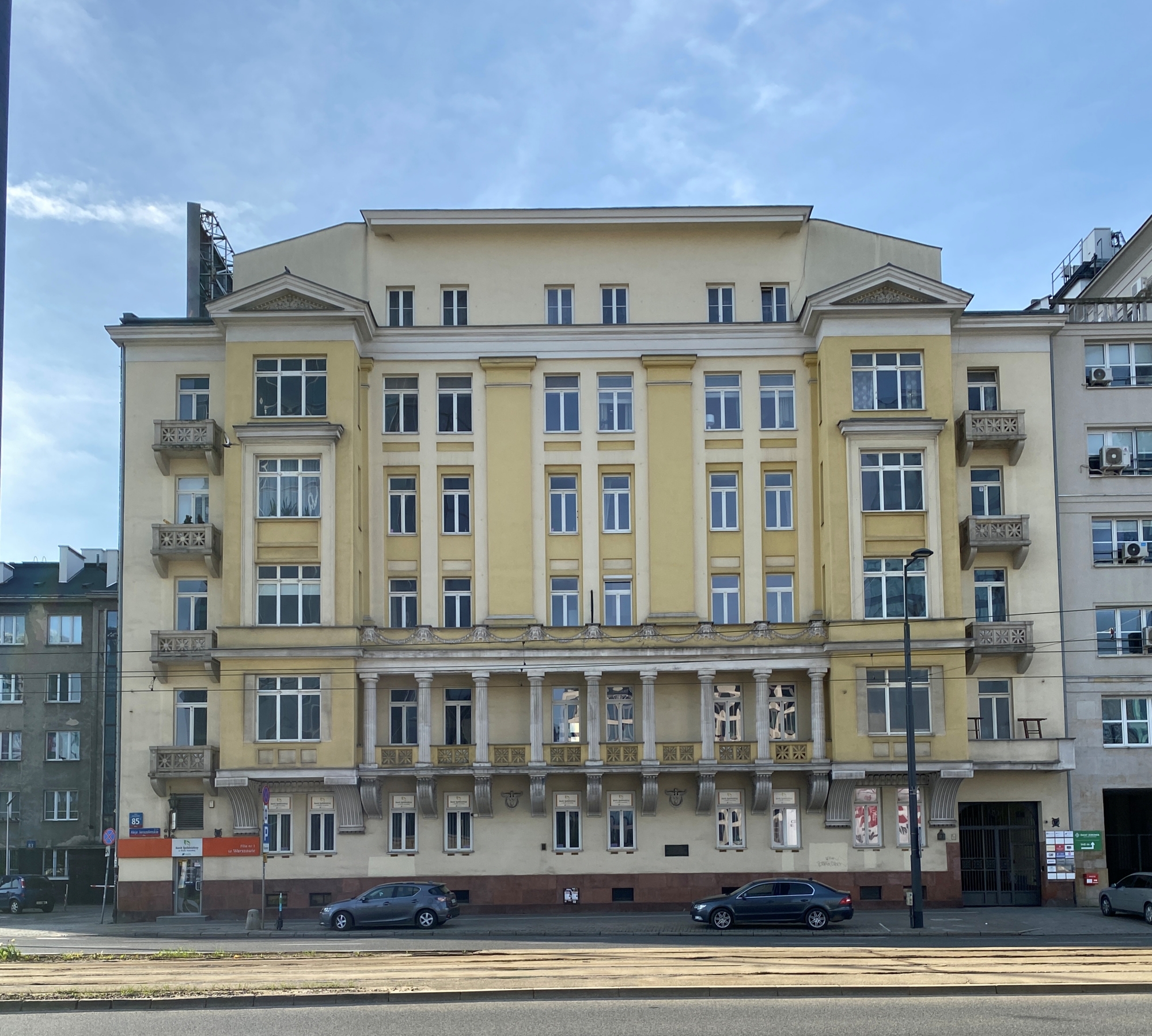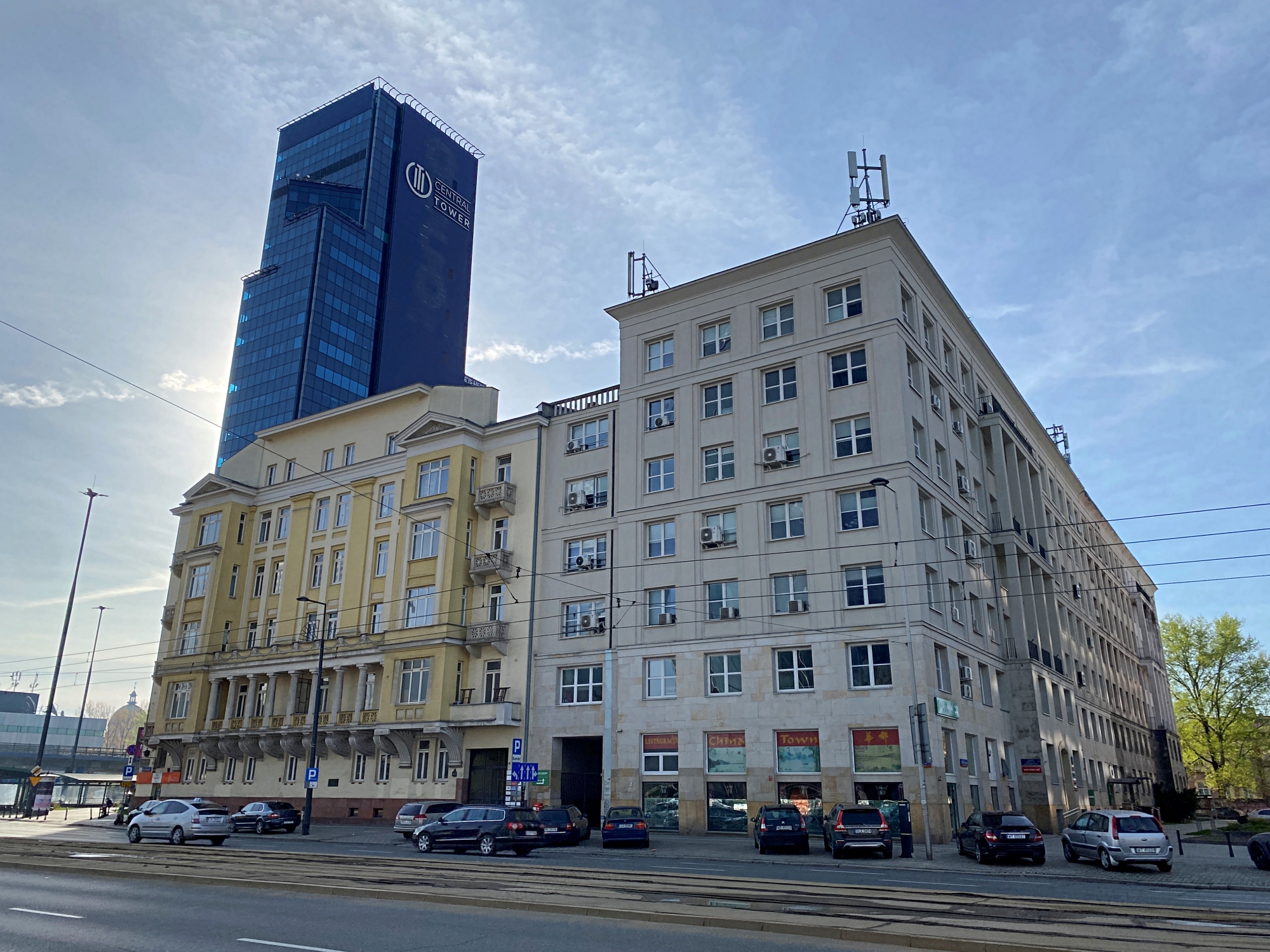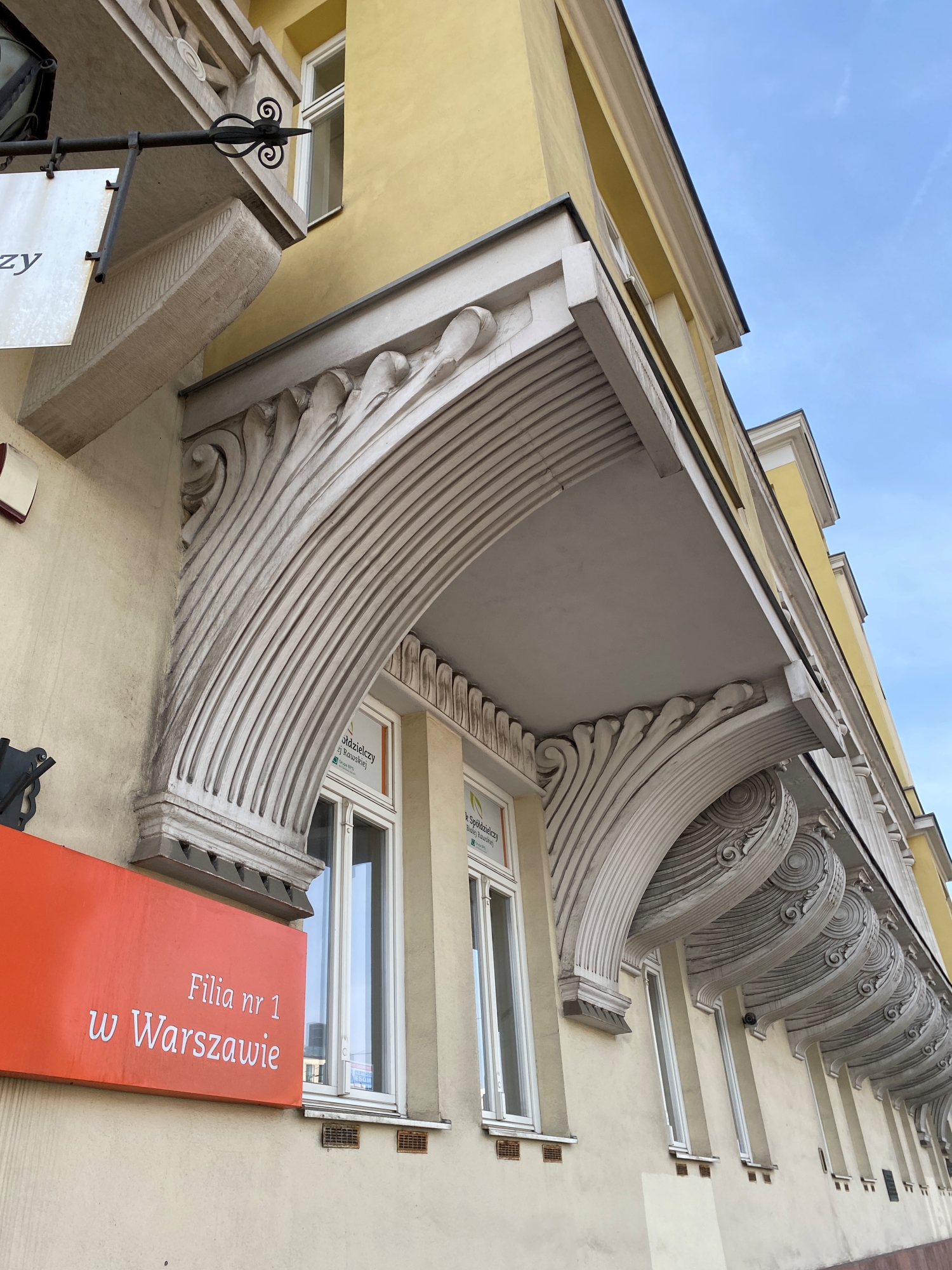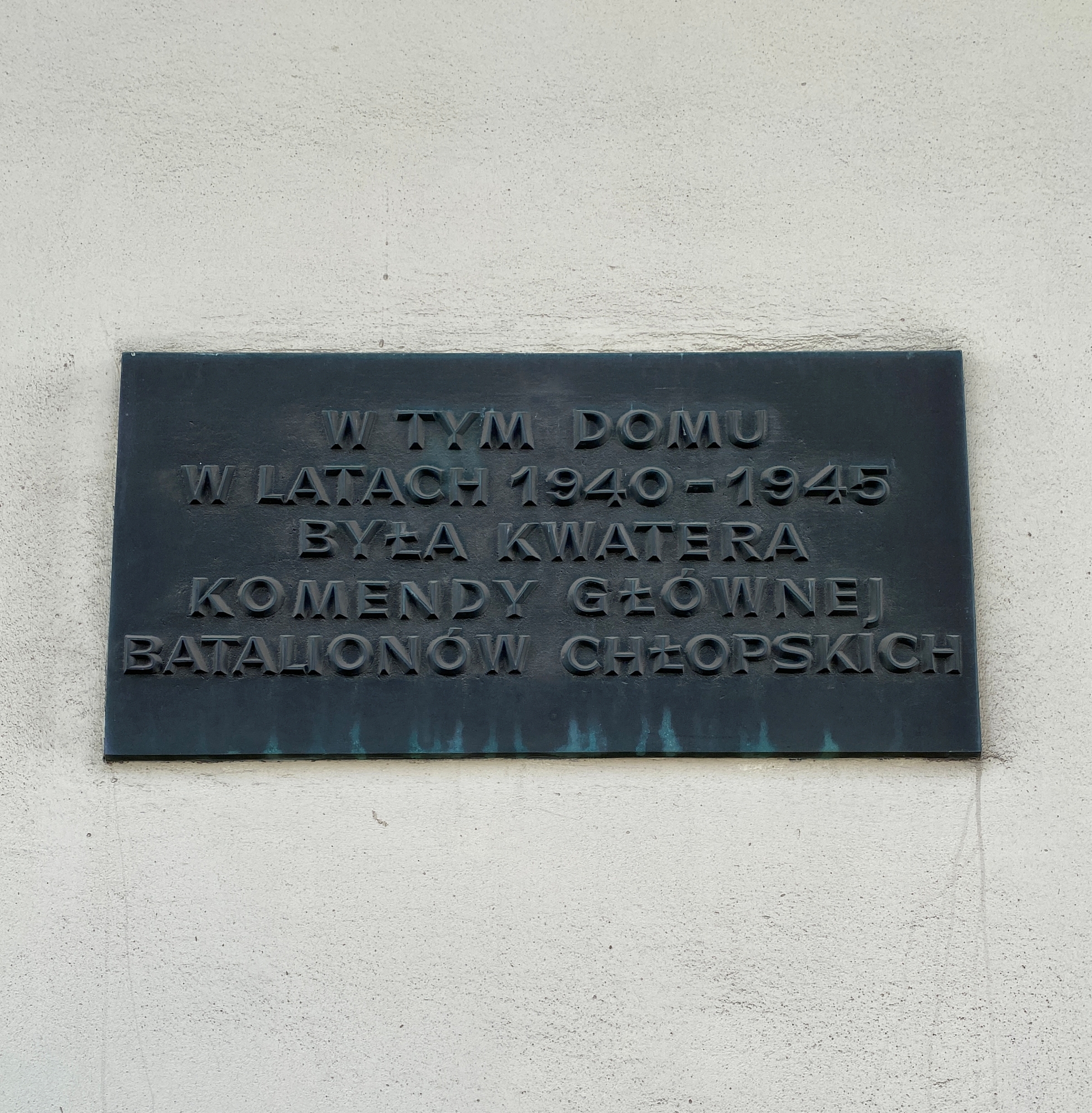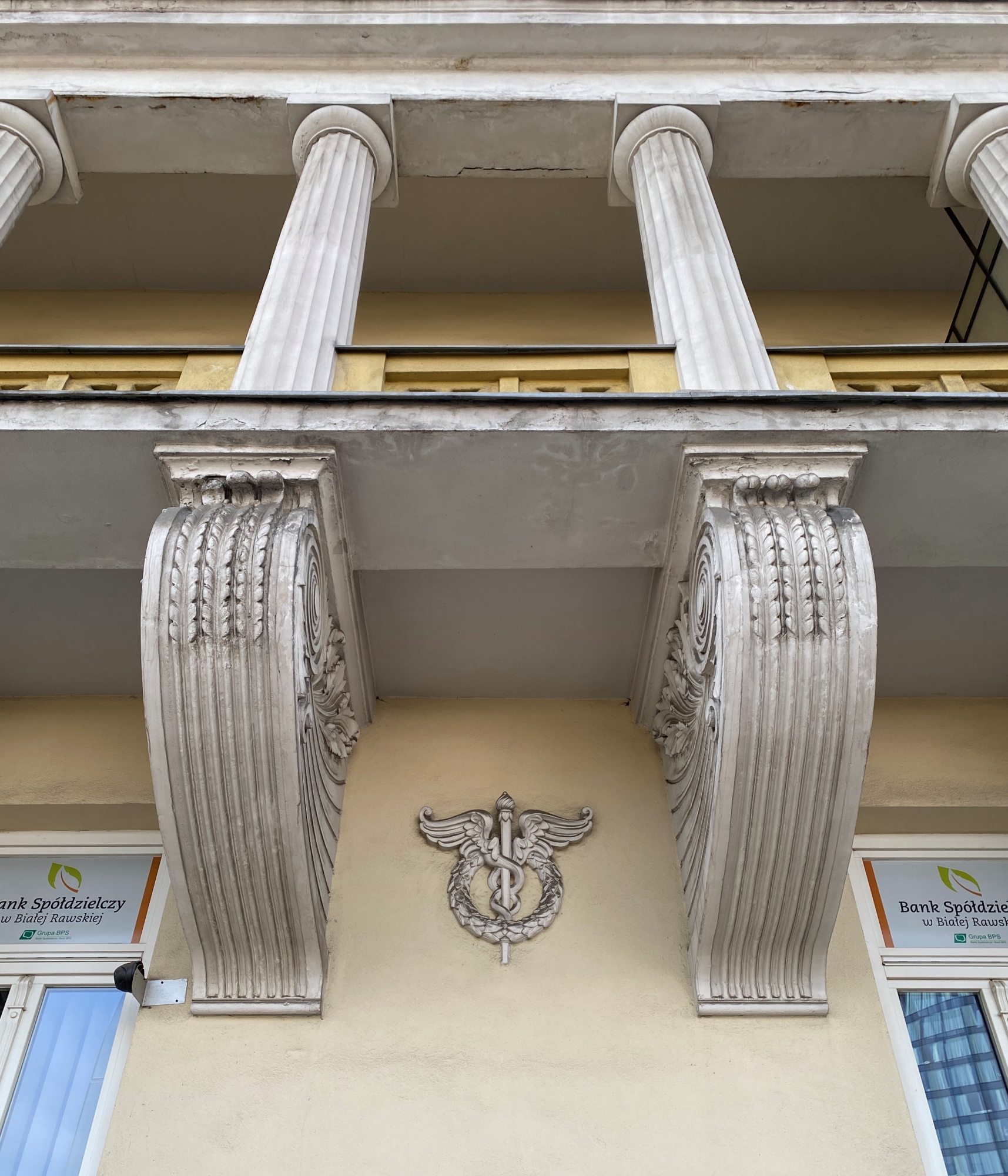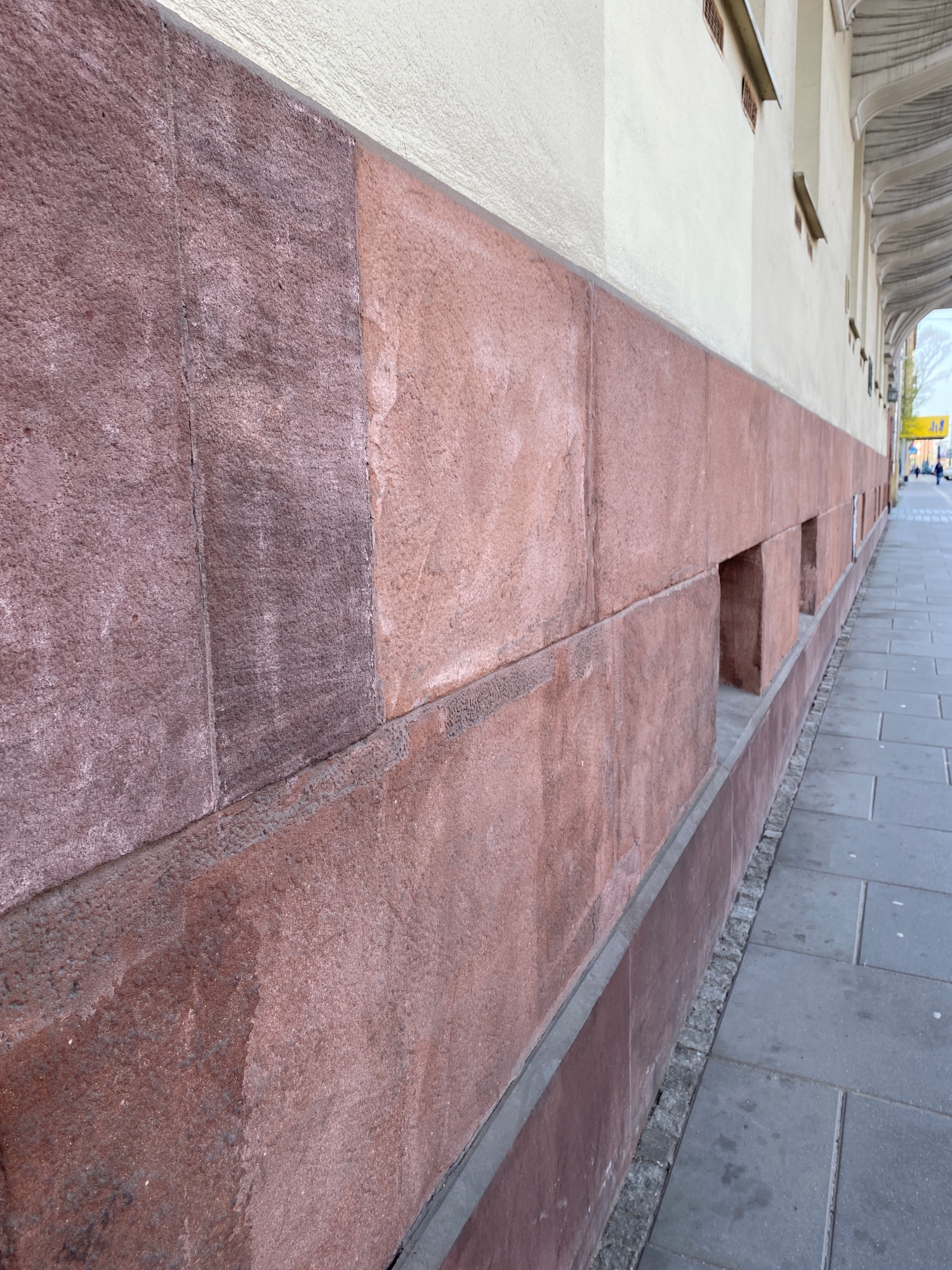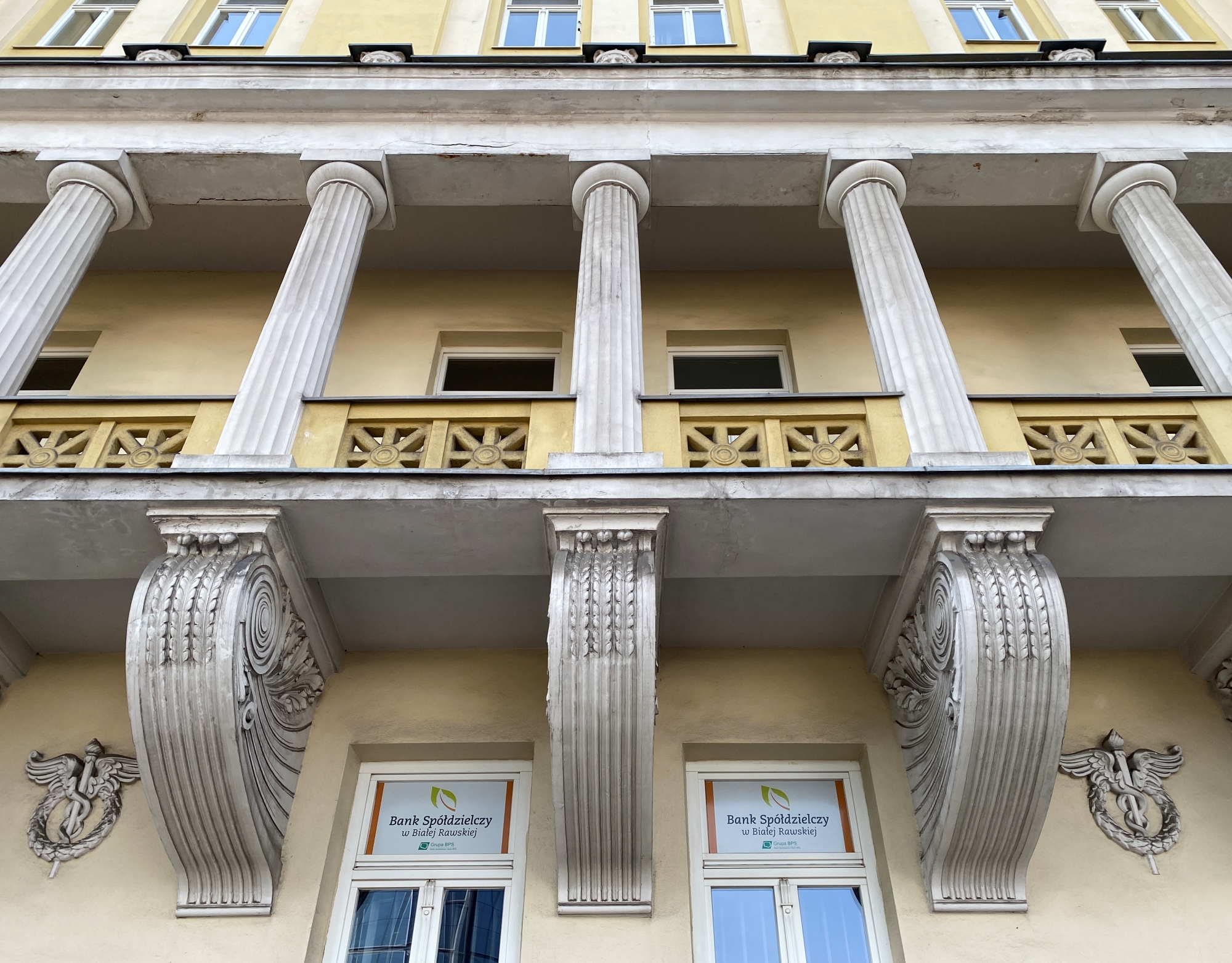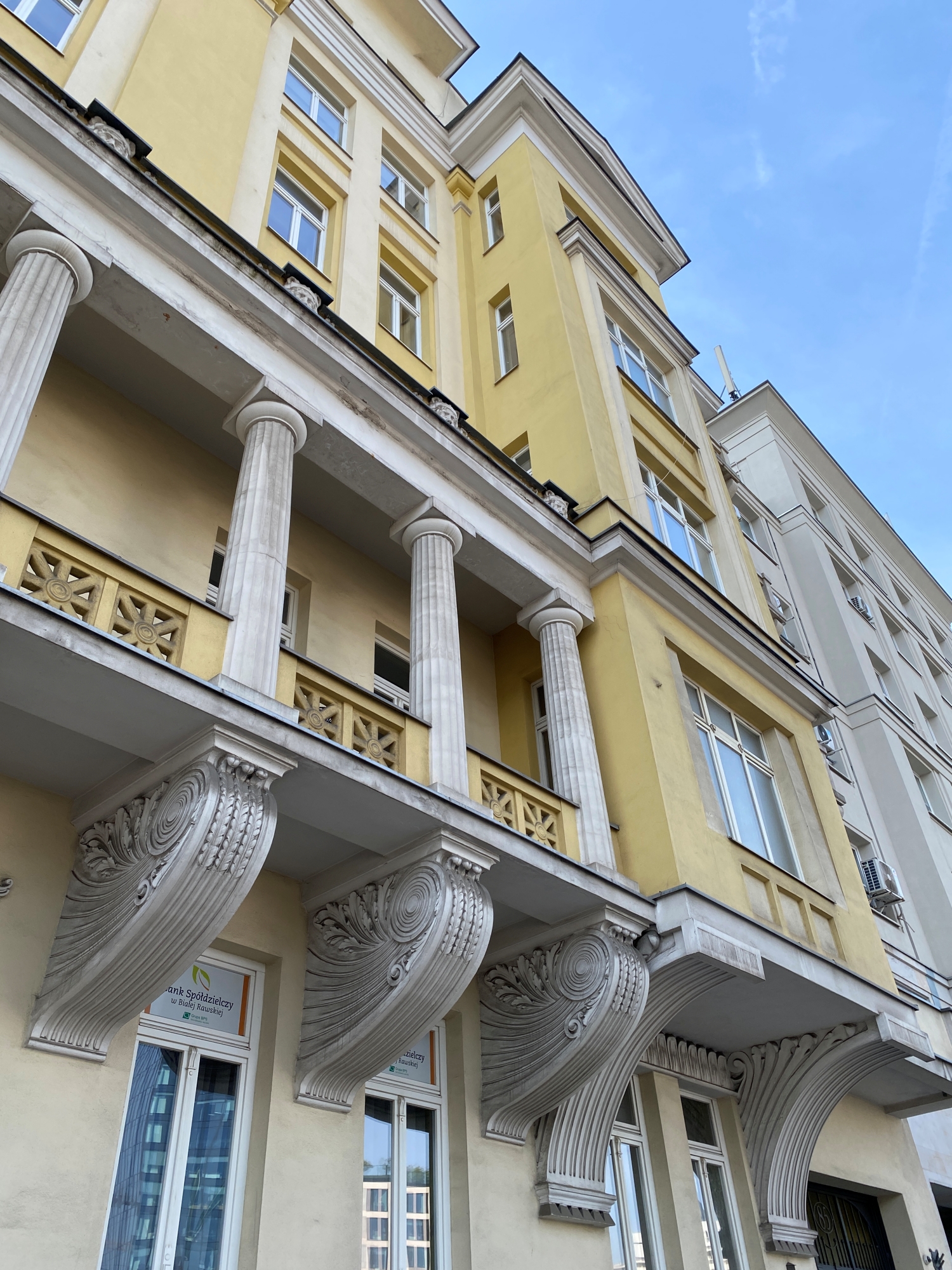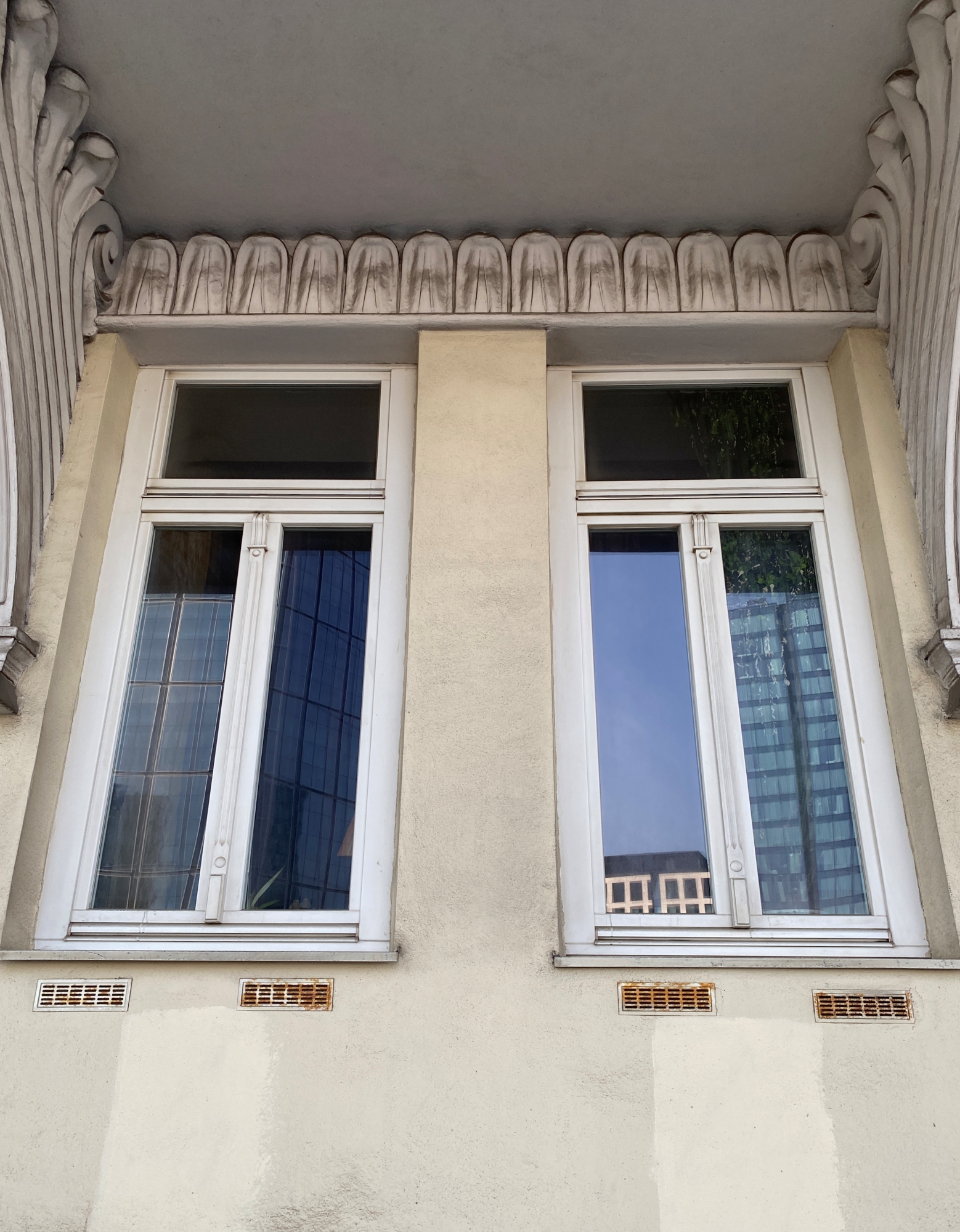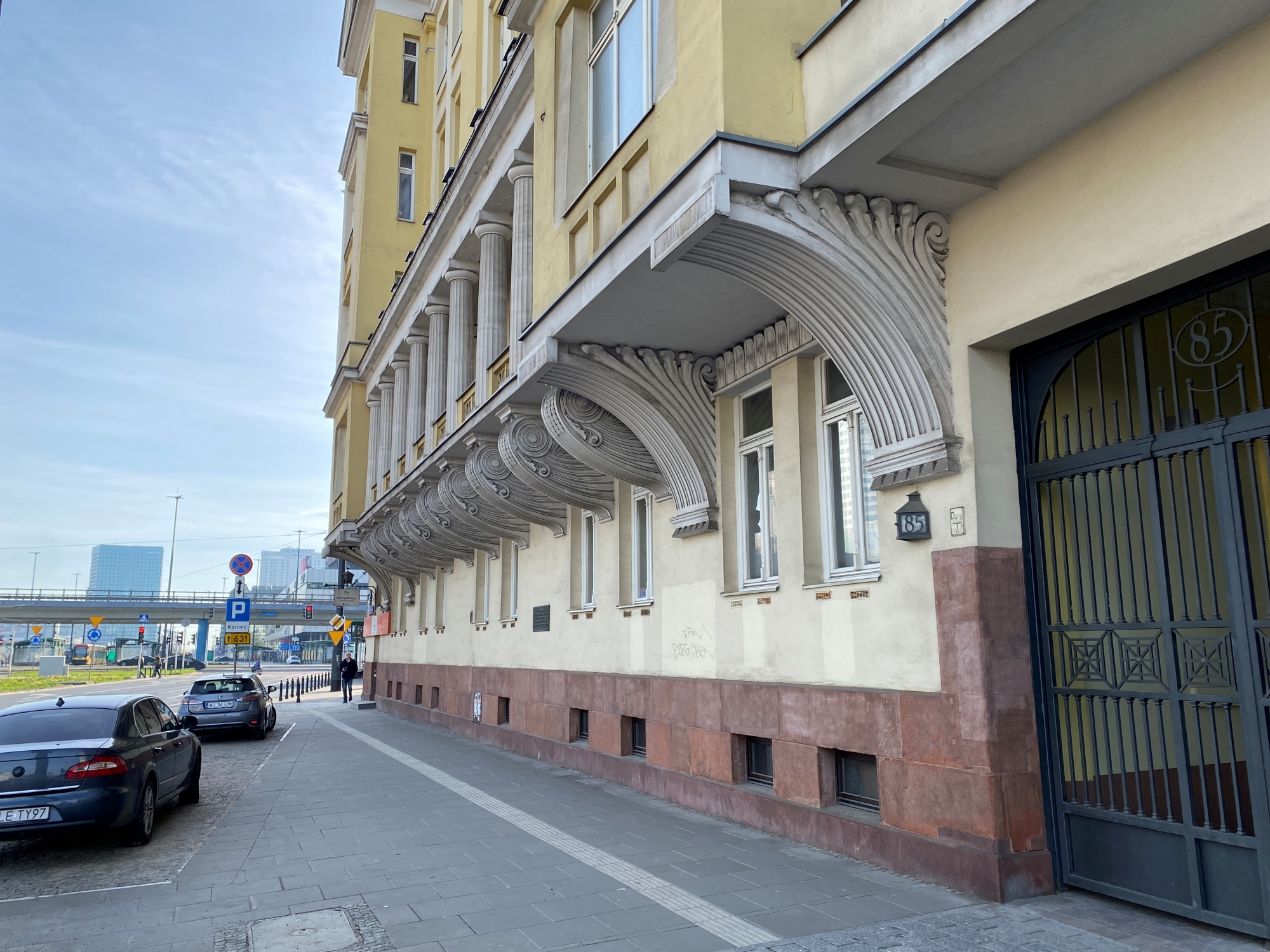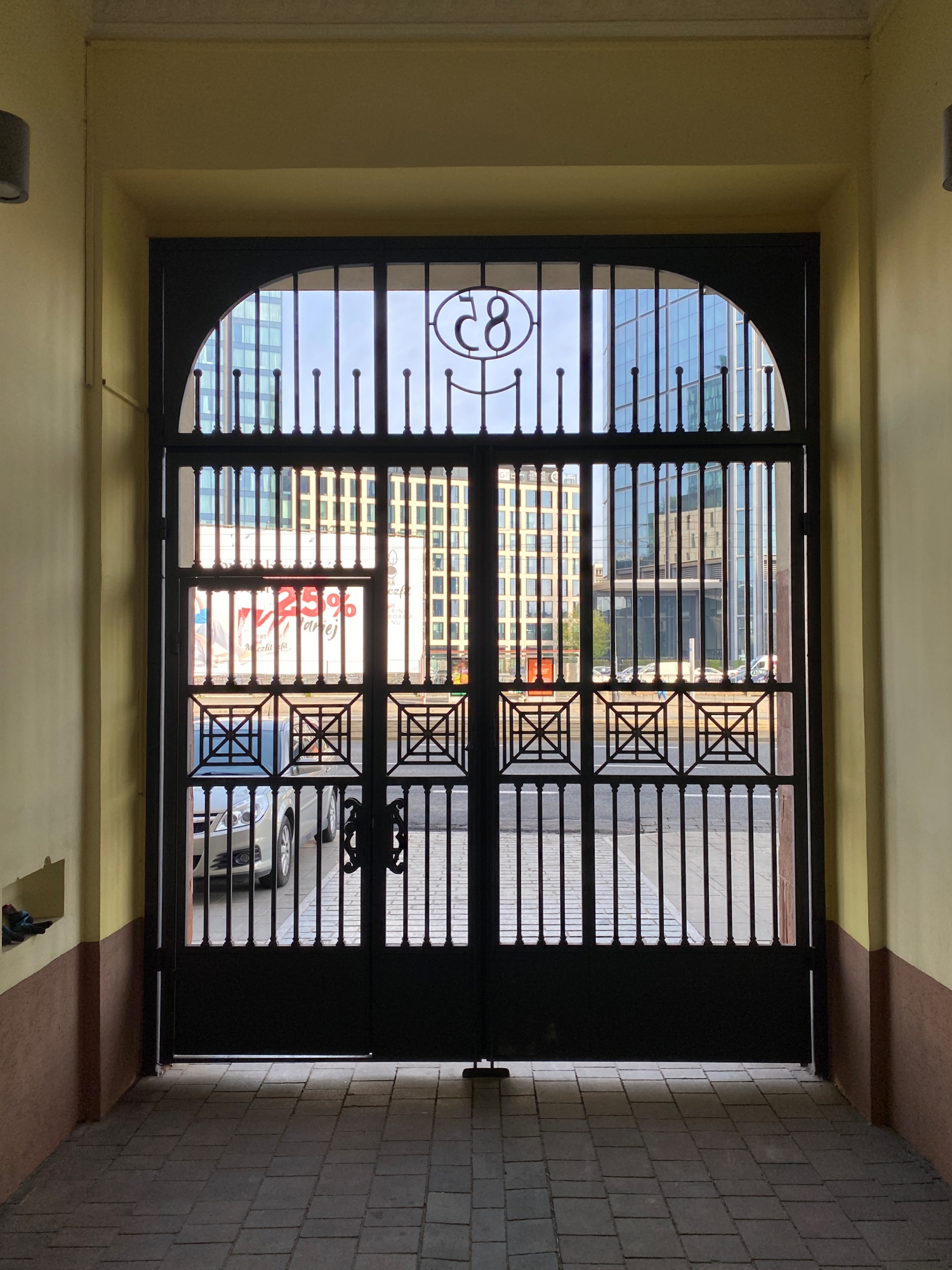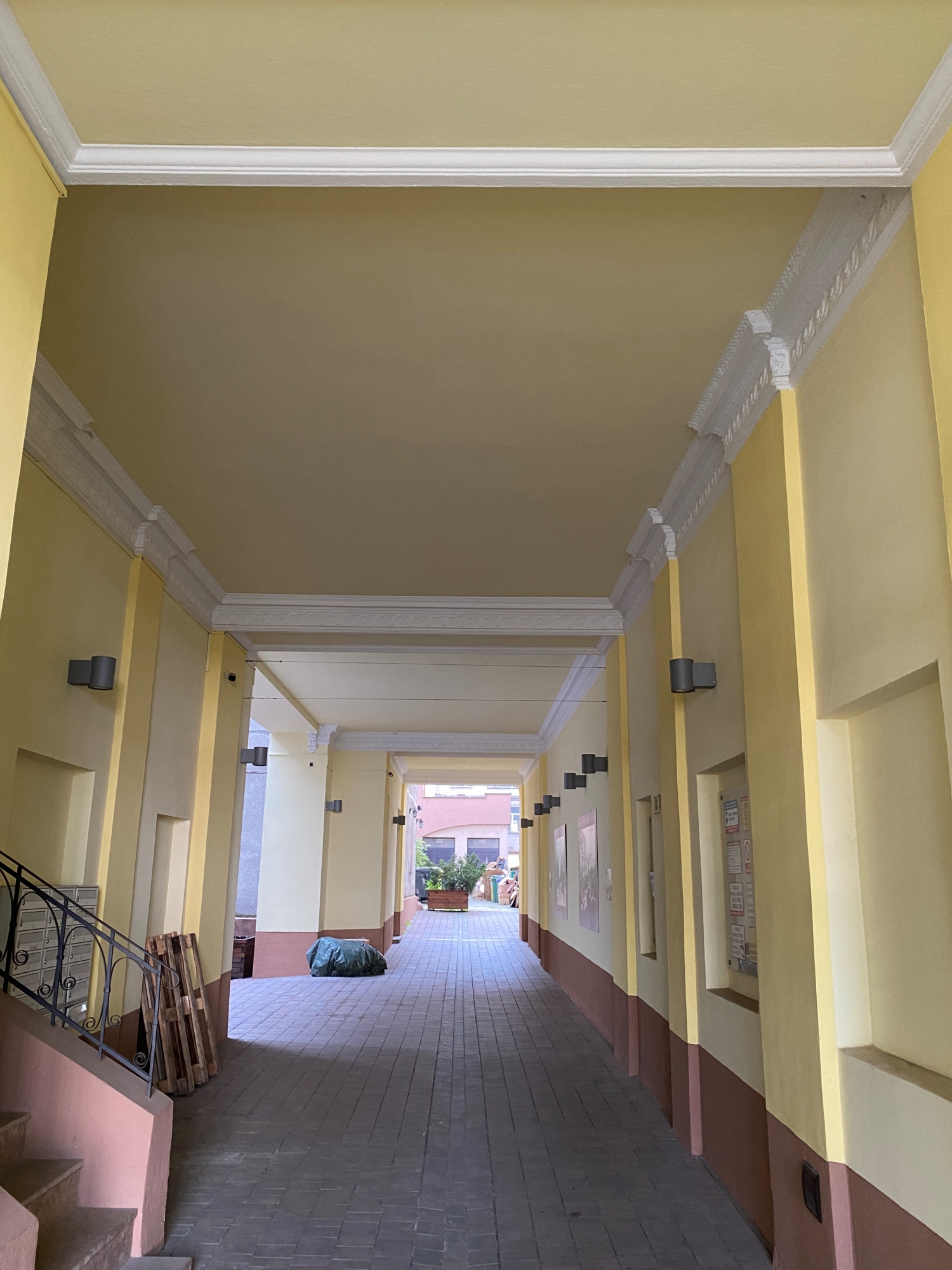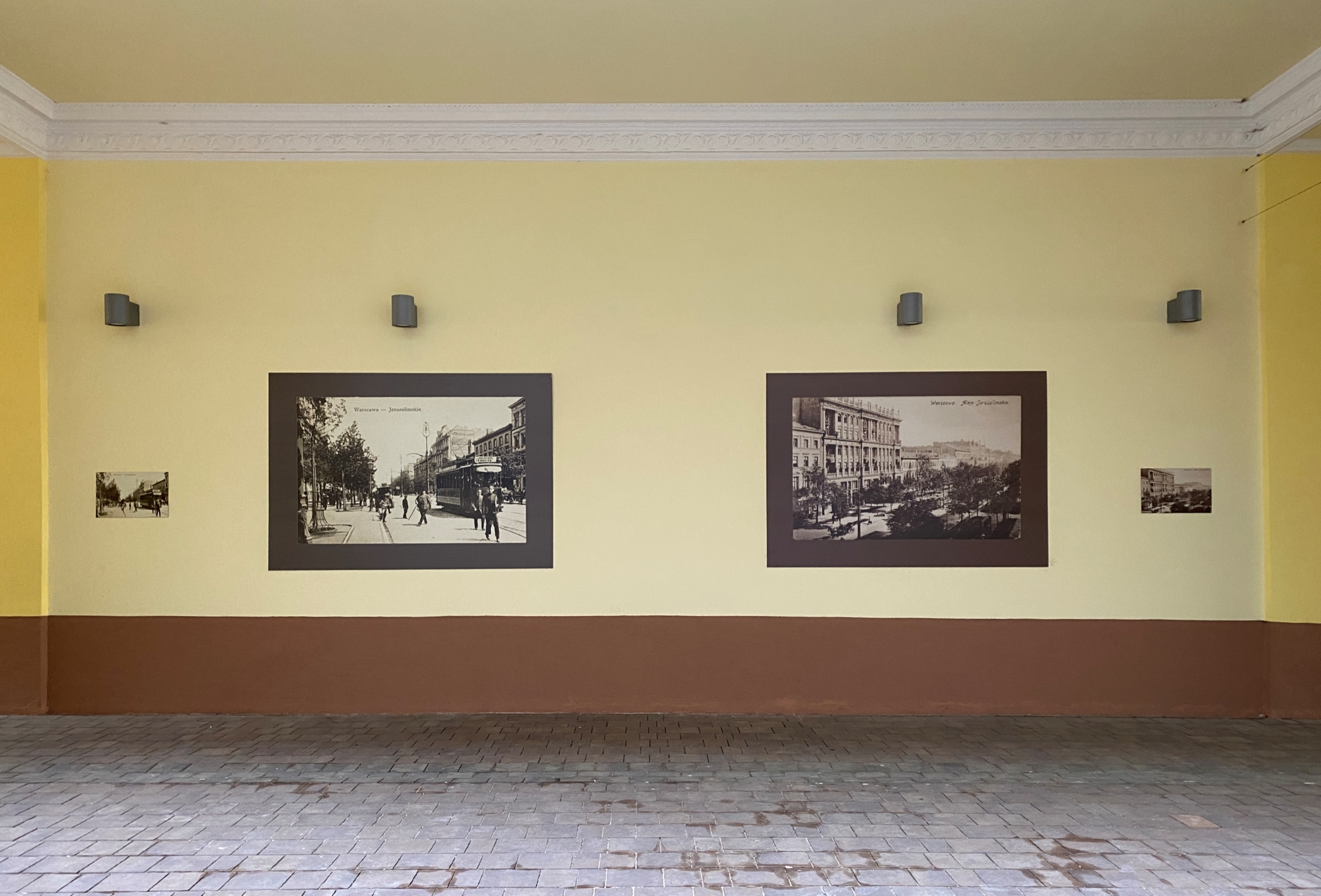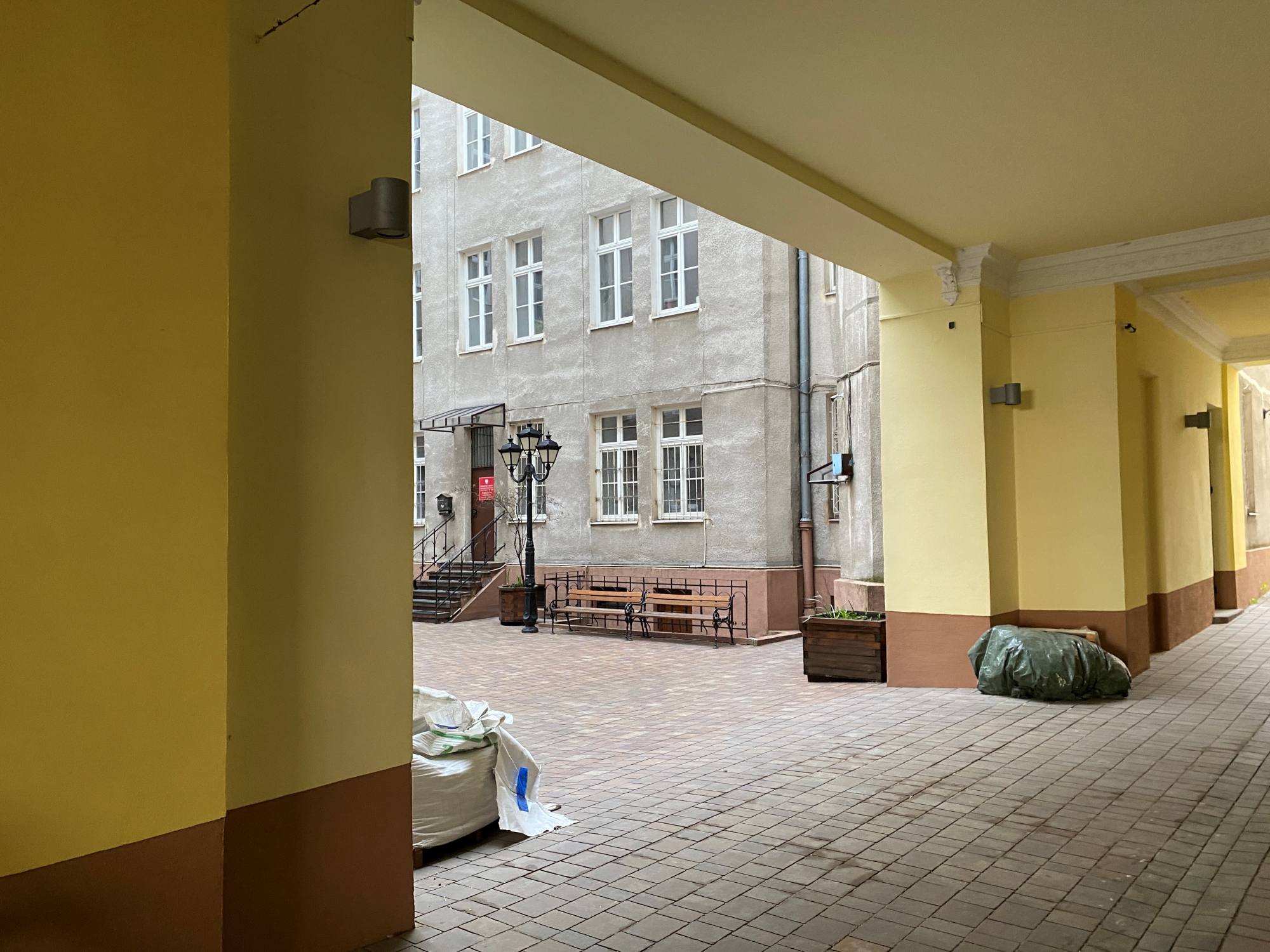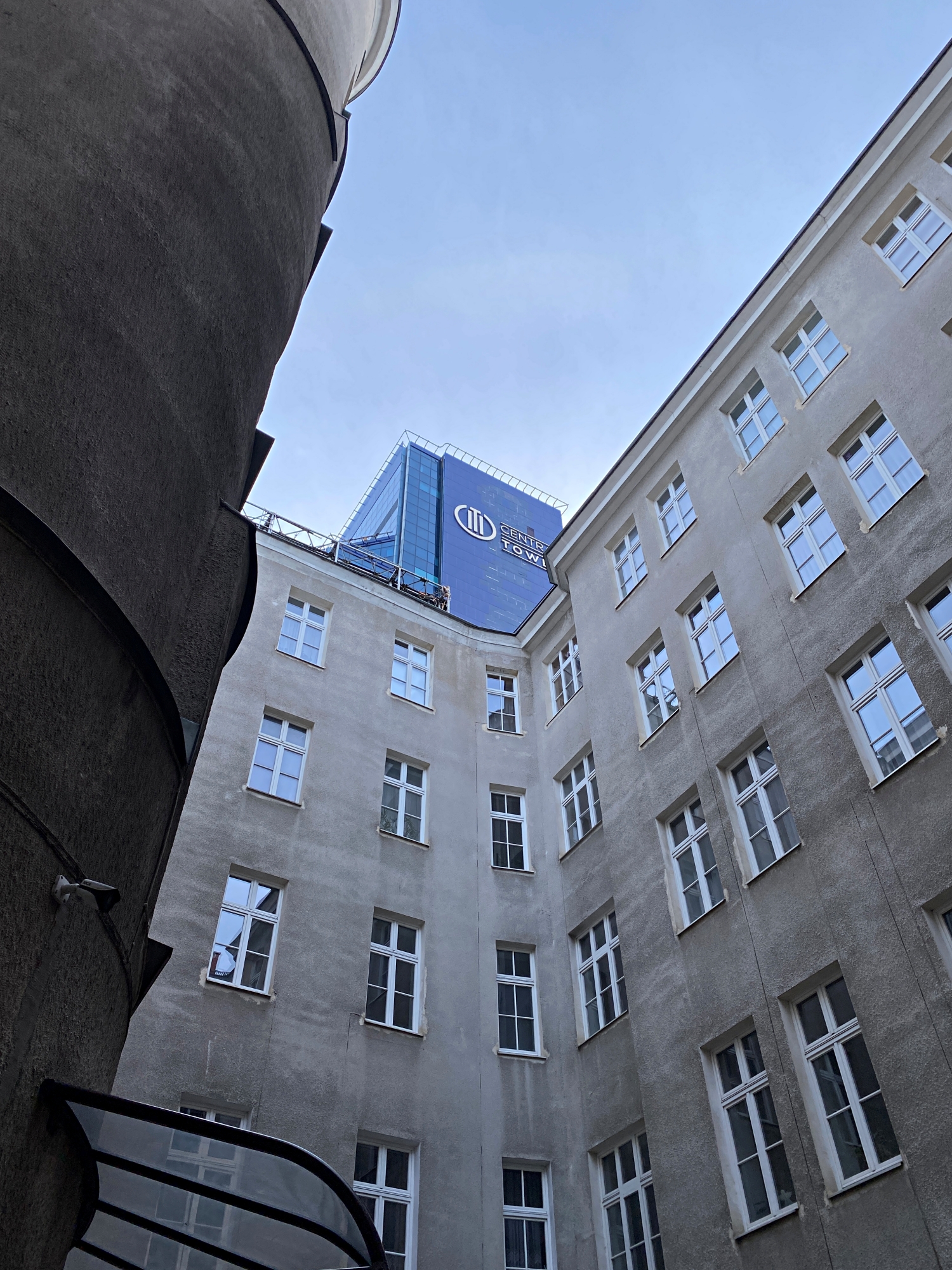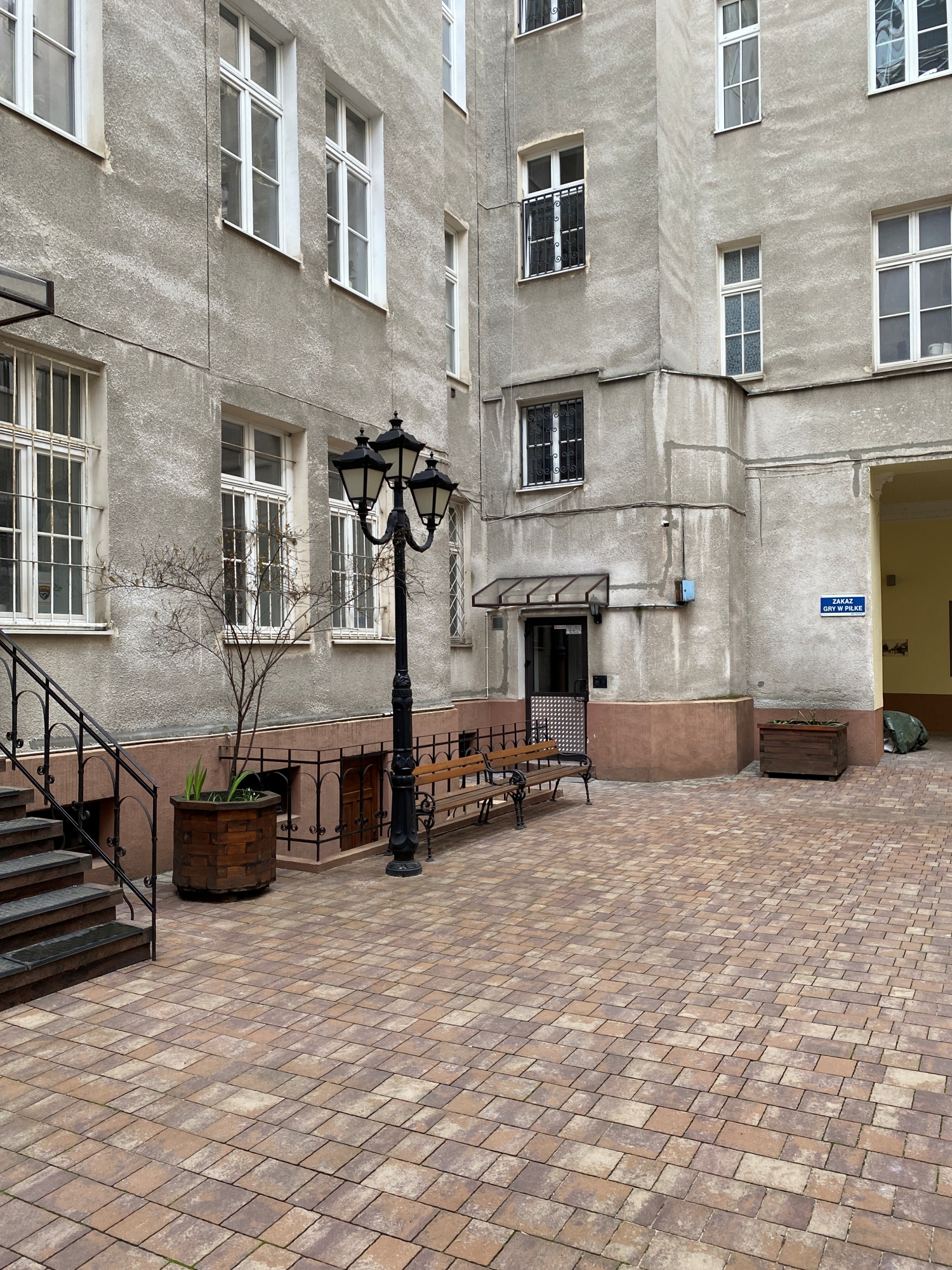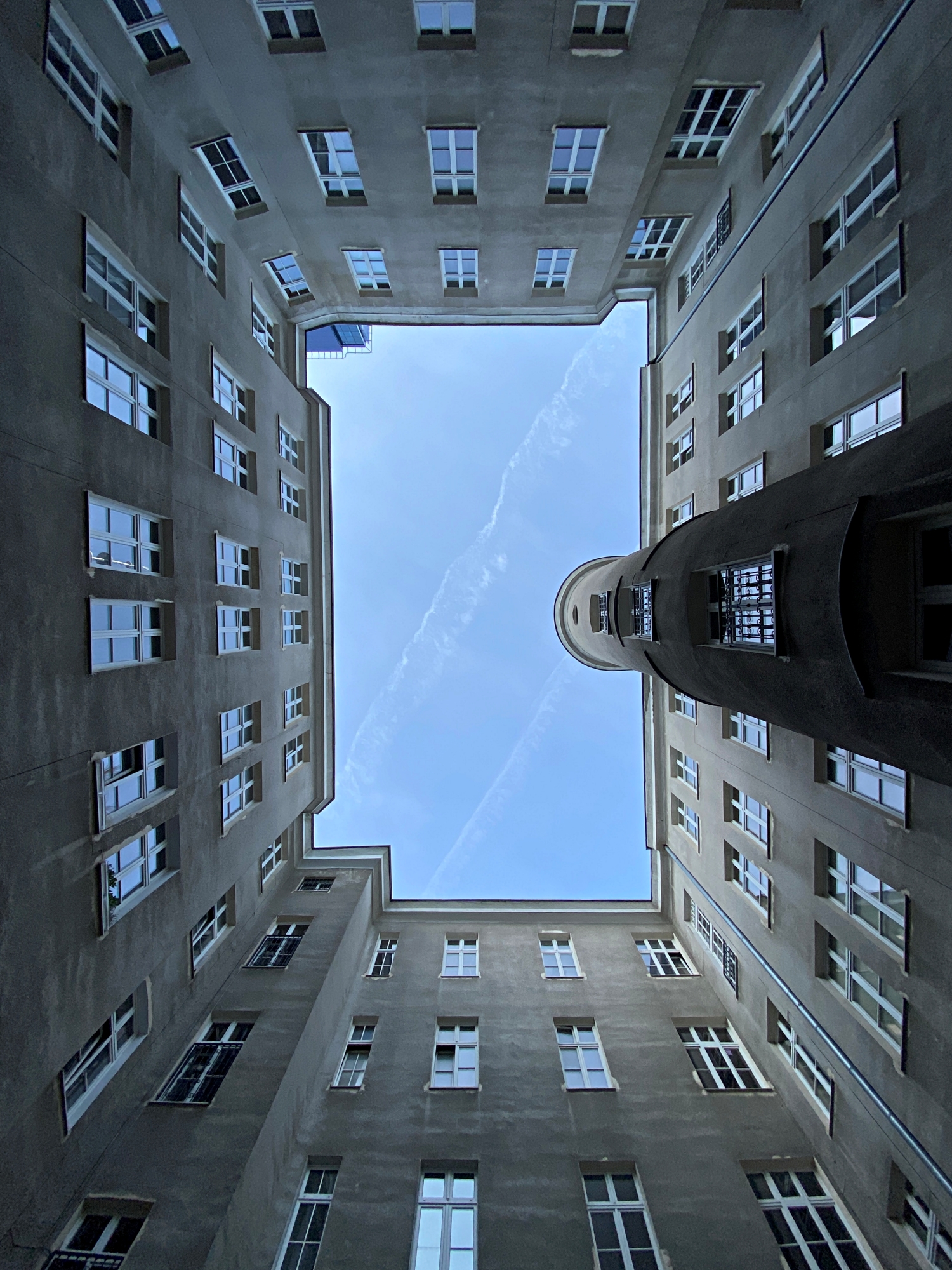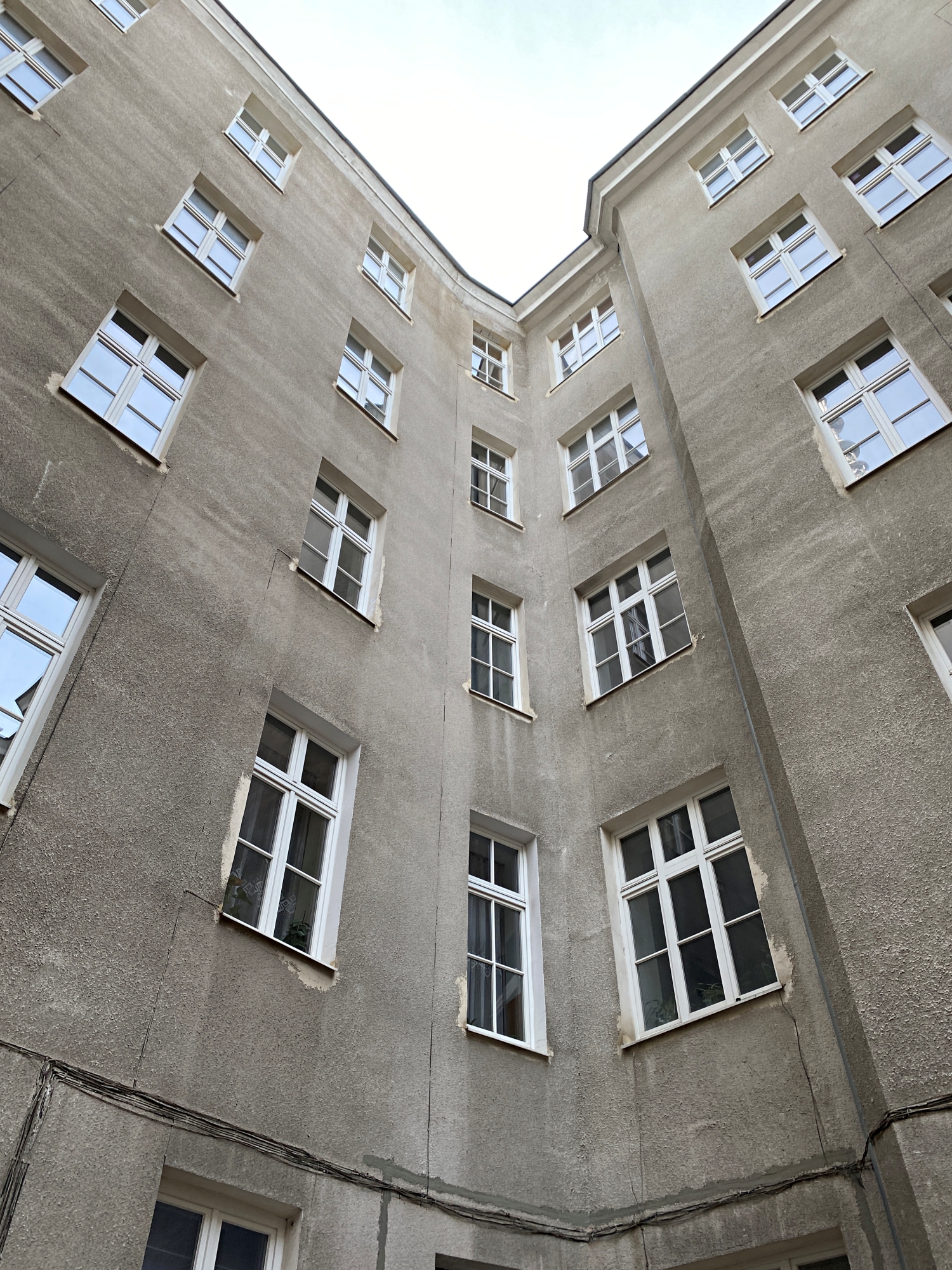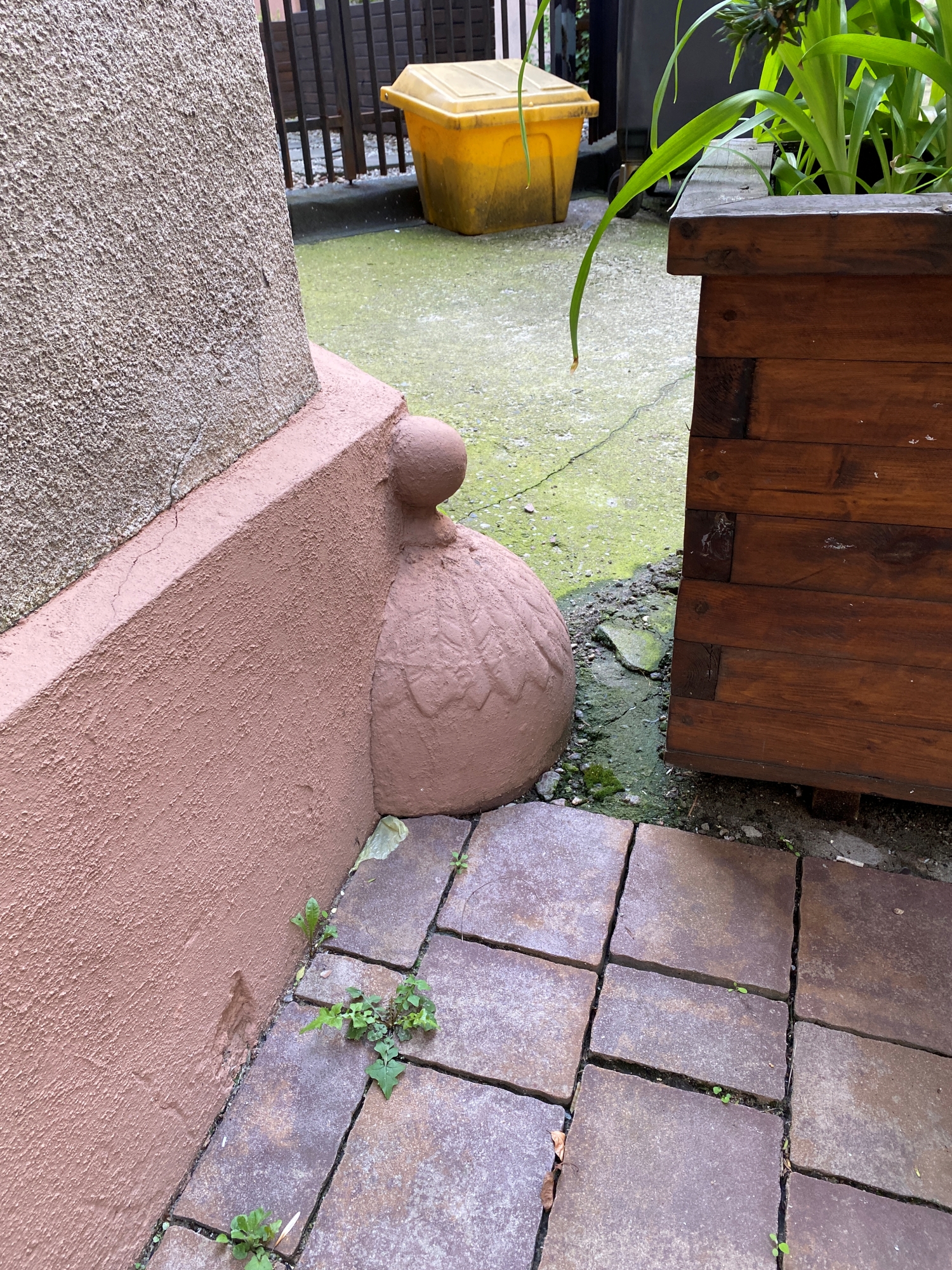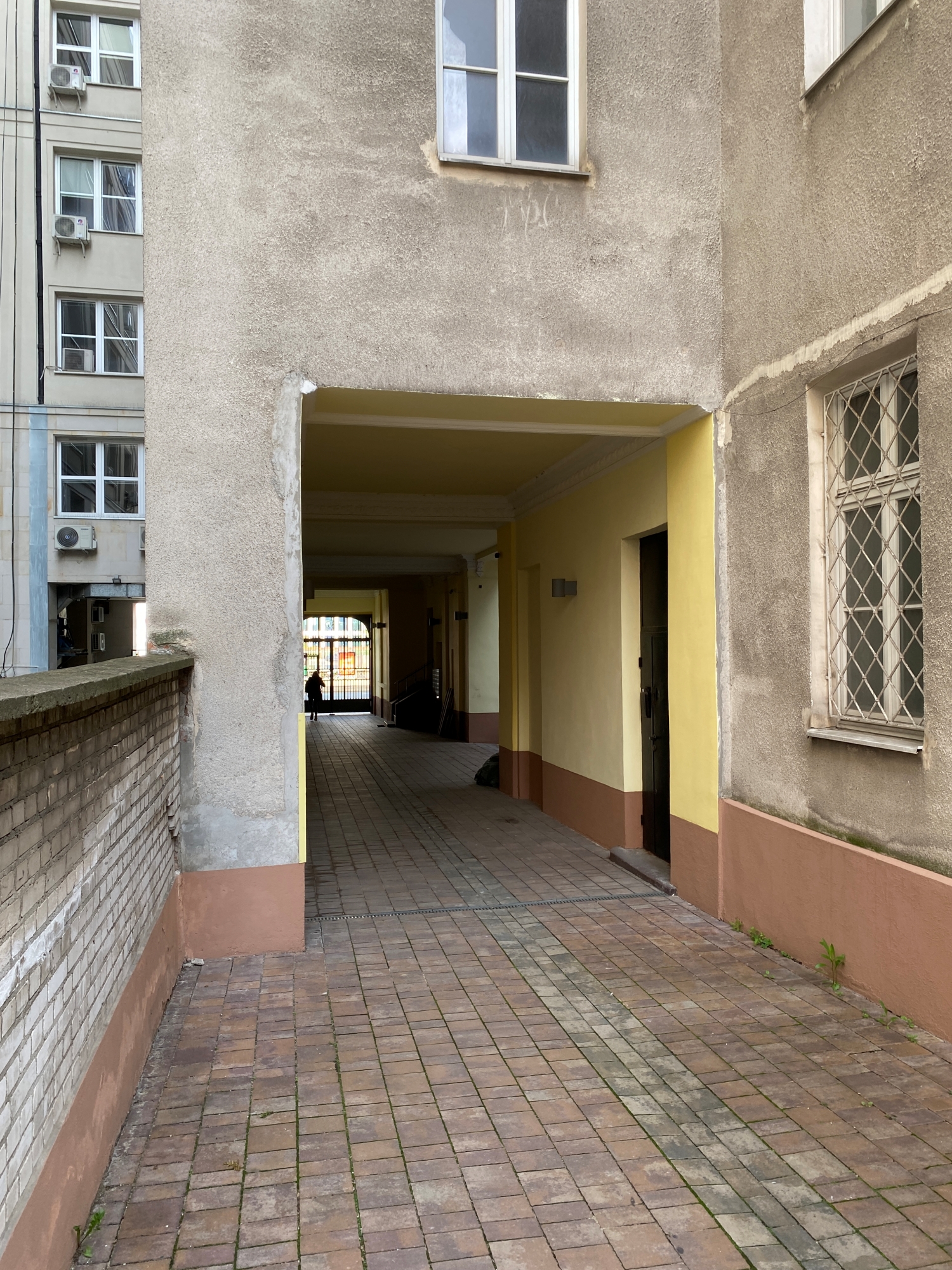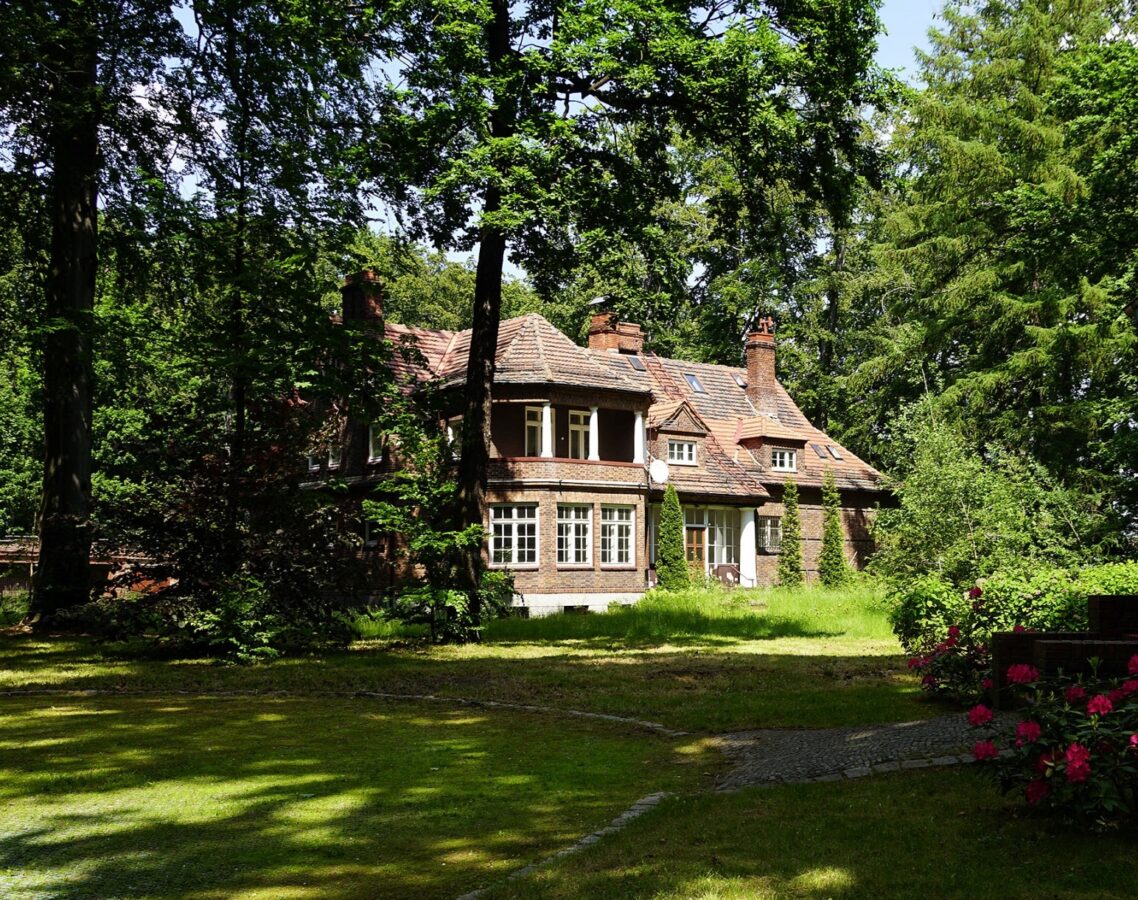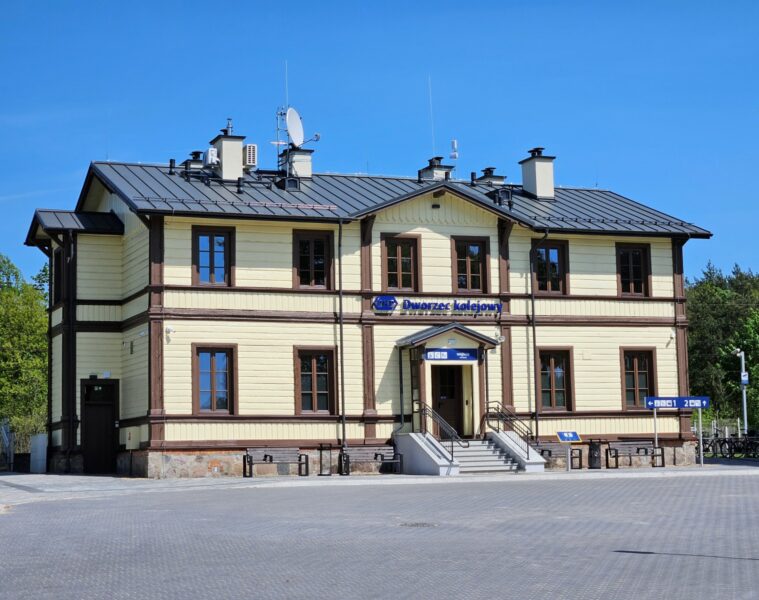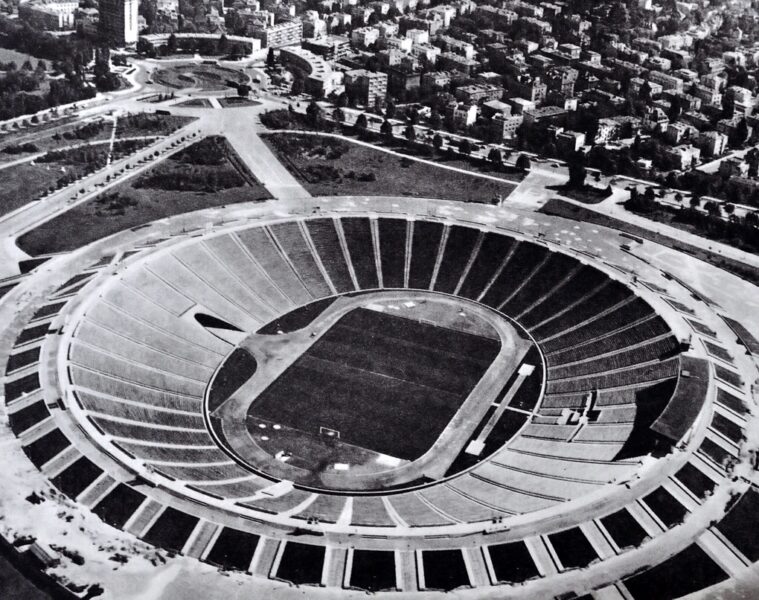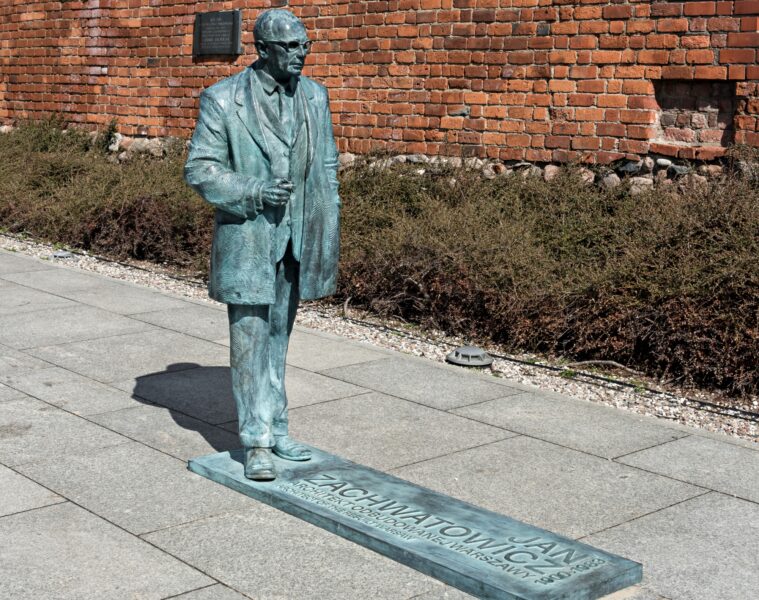On Jerozolimskie Avenue, more than a dozen imposing buildings with impressive architecture were built at the beginning of the 20th century. One of them is the Szelechow tenement house at number 85, designed by the Latvian-born Russian architect Waldemar Piotr Fedders. He gave his work the style of late classicism.
The five-storey tenement house from 1913 belonged to the “king of Astrakhan caviar on the Vistula”, i.e. the great caviar and fish trader, Nikolai Shelekhov. The man ran an enterprise engaged not only in retail trade but also in exporting caviar and fish in bulk from Astrakhan, located in the Volga Delta. Shops selling his wares were located on Senatorska Street, in a wing of the former Primate’s Palace, and on Nowy Swiat Street. Among the upper classes of the former capital, it was believed that there was no better than Astrakhan fish and Astrakhan caviar in the city. Thanks to his fish, Shelekhov became one of Warsaw’s richest merchants.

Fedders was the chief builder of the Warsaw magistrate before the First World War. In his design of the Jerozolimskie Avenue building, he referred to the St Petersburg school. The façade at the height of the first floor was decorated with a Doric colonnade, while the top floor, designed as an attic, was decorated with winged busts and images of griffins. Two courtyards surrounded by tall outbuildings were located deep in the plot. Part of the second was demolished after the war. Between 1940 and 1945, the building housed the headquarters of the Peasant Battalions, as a commemorative plaque on the façade indicates. During the Second World War, bombs fell on the building, resulting in partial destruction of the top floor. In the post-war years, the building’s finial was rebuilt in a simplified manner, stripped of its bas-reliefs and modified in shape. The entrance gate was also rebuilt and part of the façade decoration was removed.
The Szelechow House in 1938 and 2024. Photo: State Archive in Warsaw and whiteMAD/Mateusz Markowski
After World War II, the editorial office of Gazeta Ludowa operated in the building. The building then belonged to the PSL. Afterwards, the tenement was hidden behind scaffolding with advertising banners for a long time. In 2009, the many years of renovation came to an end, but it was not decided to restore the sculptures on the attic. In 1993, the building was entered in the register of historical monuments. In the early years of the 21st century, the tenement was reprivatised.
Source: Warsaw, wikimapia.org, polskaniezwykla.pl
Also read: tenement | Warsaw | Architecture in Poland | Curiosities | whiteMAD on Instagram





